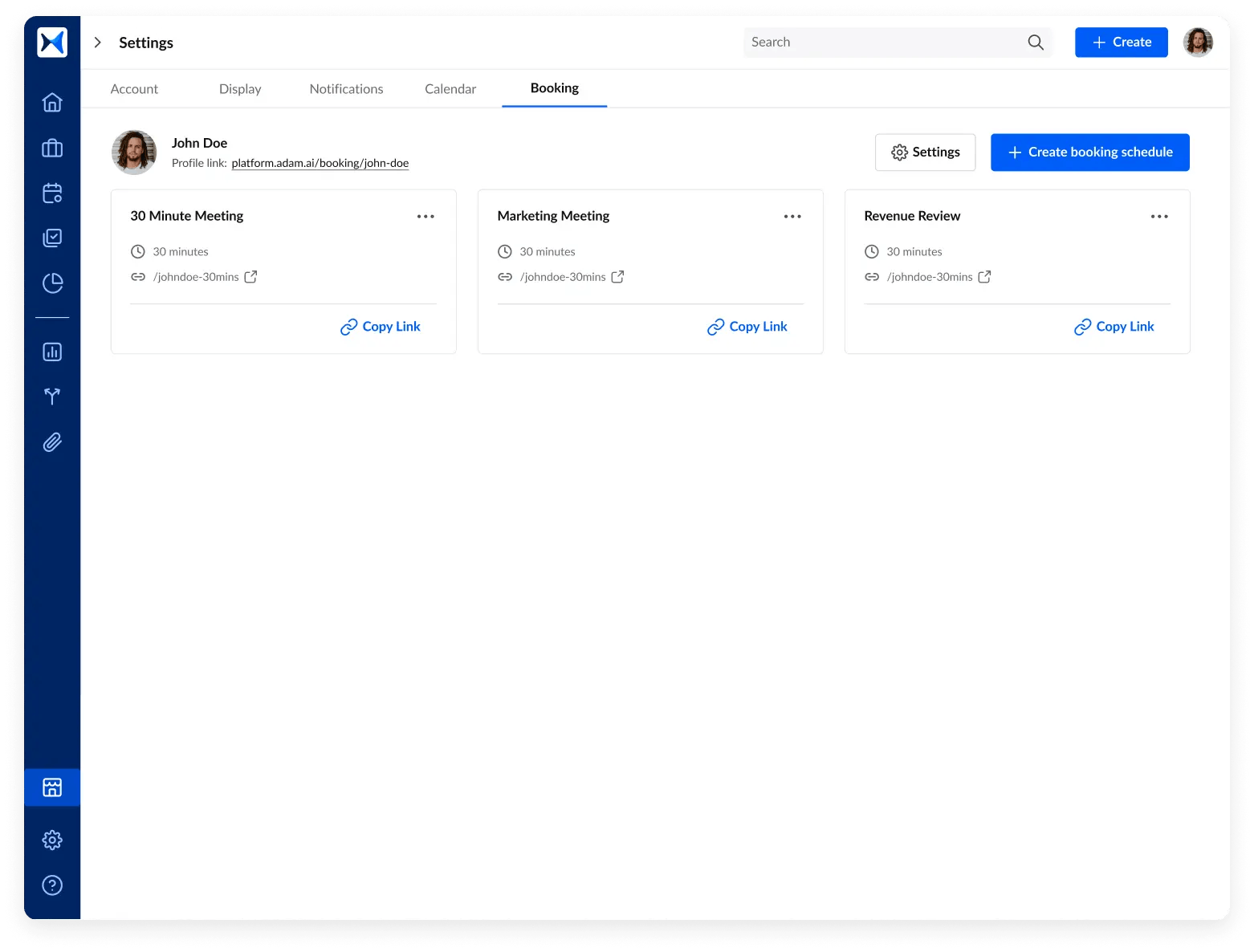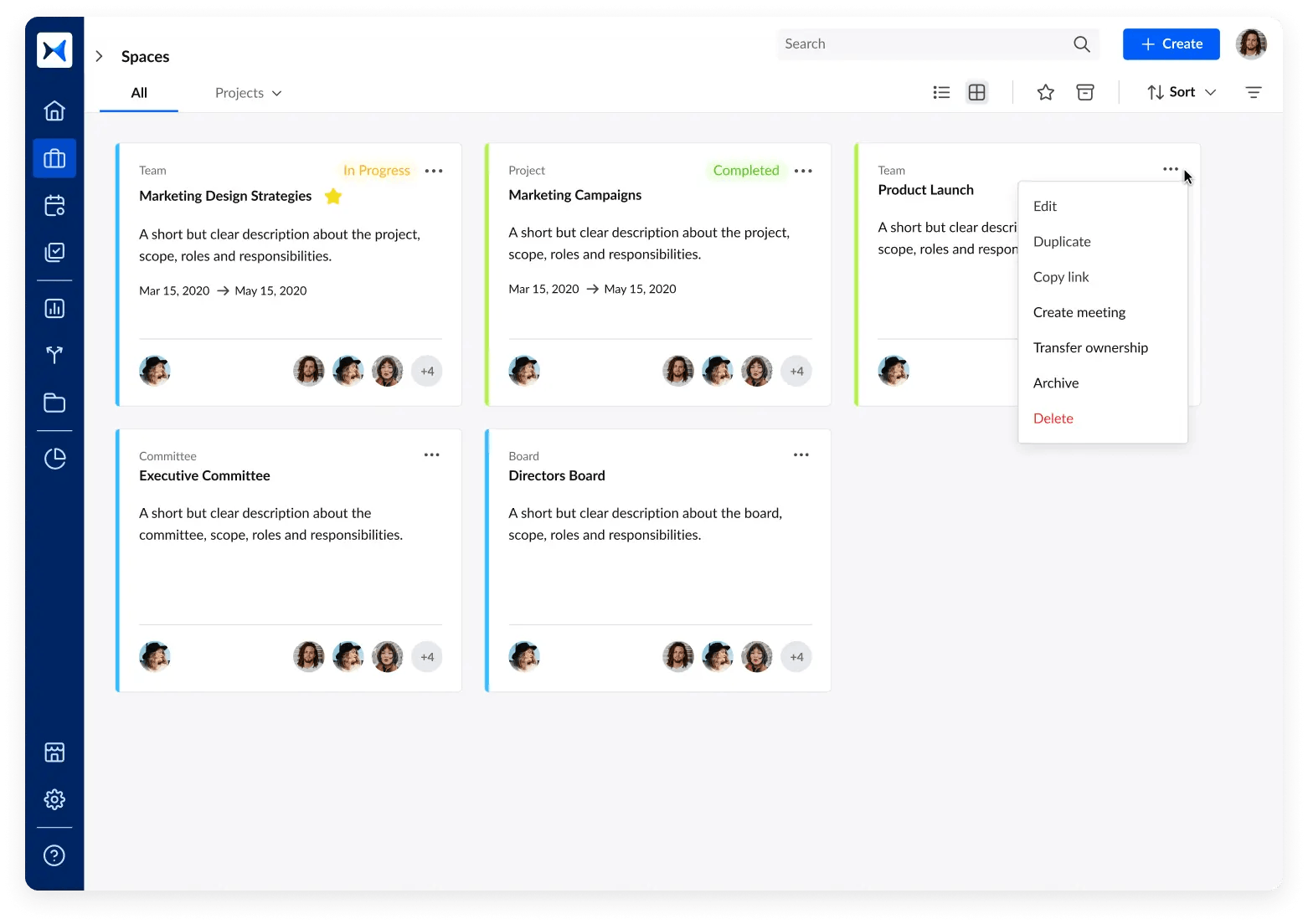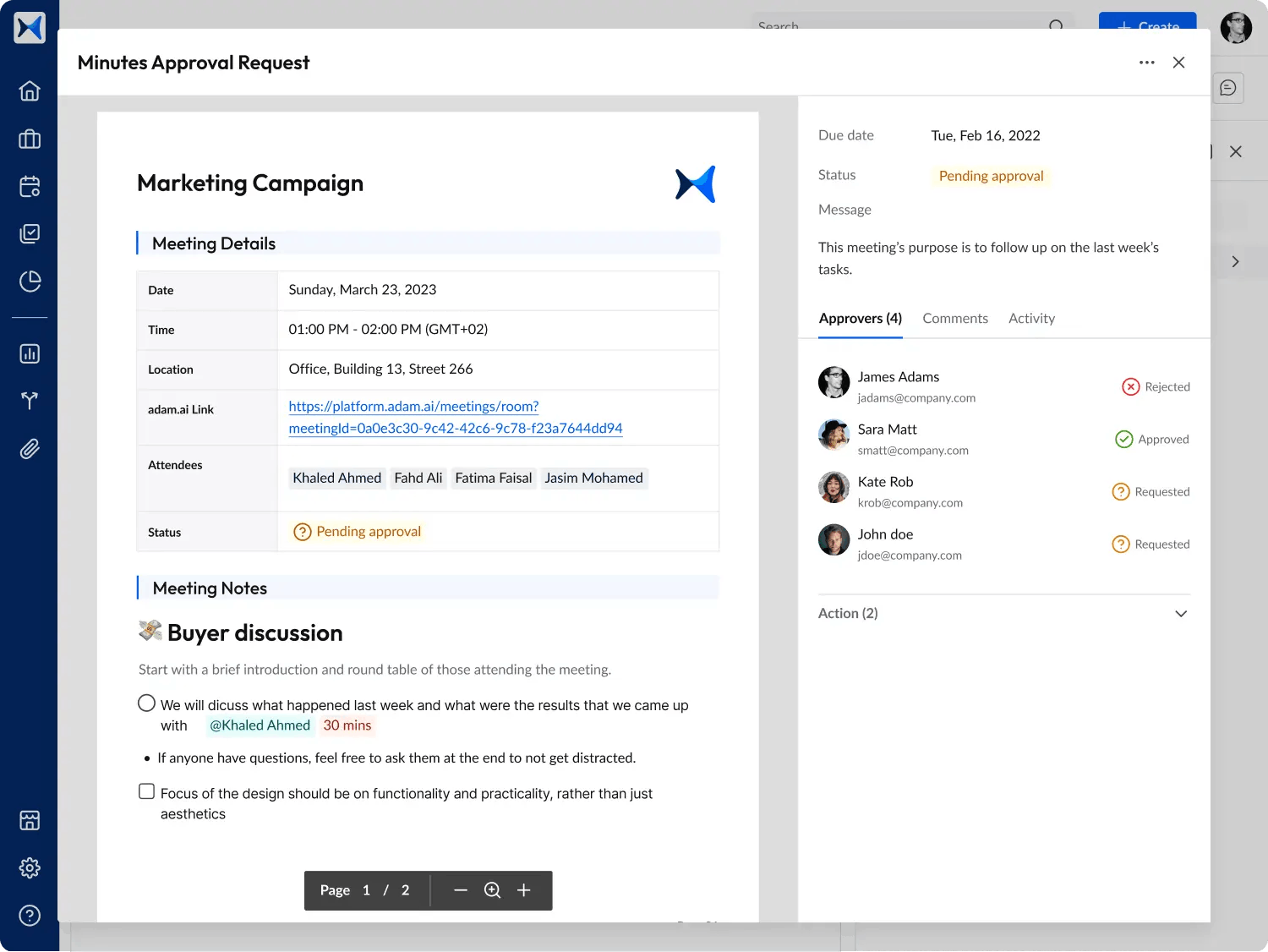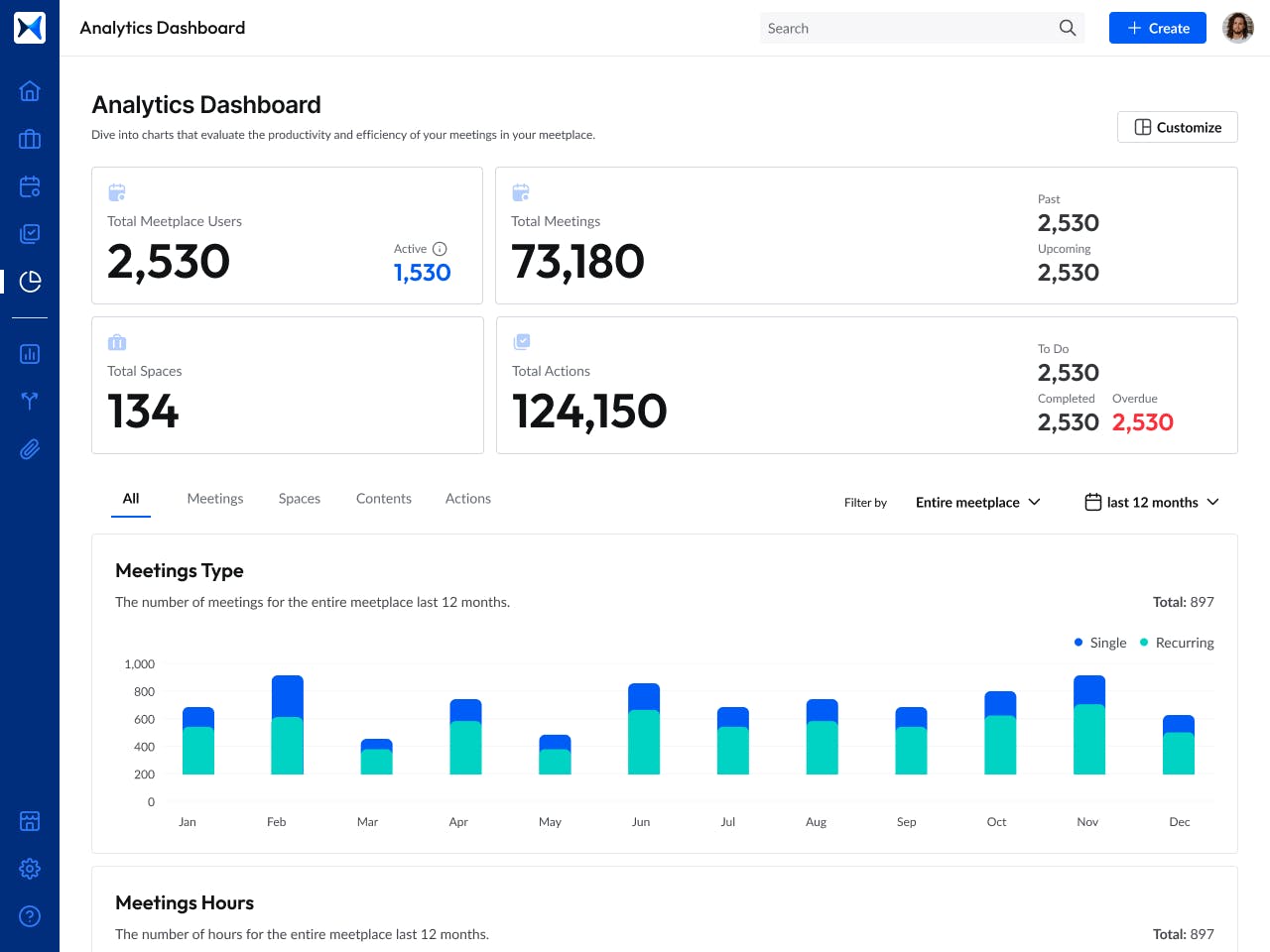June 6, 2024 · 10 min read
Consent Agenda Strategies to Simplify Routine Board Decisions

Shaimaa Badawi

Effective governance starts with efficient meetings. By integrating a consent agenda, board members can swiftly handle routine items, leaving more time for strategic discussions and impactful decision-making. In this article, you'll learn how to master the consent agenda process and transform your board meetings into dynamic, productive sessions.
What is a consent agenda?
A consent agenda, also known as a consent calendar, is a component of a meeting agenda that consolidates routine, non-controversial items and resolutions into a single agenda item. This allows these items to be approved collectively with a single motion and vote, without the need for individual discussion.
The process involves board members receiving the consent agenda items before the meeting for review. During the meeting, unless a member requests the removal of an item for individual consideration, the entire package is approved at once. The primary purpose of a consent agenda is to save time by quickly addressing standard matters, thereby allowing the board to focus on more significant issues.
What is included in a consent agenda?
A consent agenda typically includes routine, standard, non-controversial, and procedural items that do not require discussion or debate. These items are generally self-explanatory and can be collectively approved with a single vote. Common components of a consent agenda include the following:
- Approval of previous meeting minutes
- Routine committee and staff reports
- Financial reports
- Standard contracts and agreements
- Updates to organizational information (such as address changes)
- Procedural decisions, like committee or staff appointments that need confirmation
- Non-controversial proposals or reports that have been previously discussed and agreed upon
- Informational items that do not require any action or discussion, such as upcoming meeting dates and routine policy updates.
- Revisions of routine policies such as contact information or dates.
- Perfunctory items that had an extensive prior discussion and need a final, formal approval.
Which is a criterion for a consent agenda?
The primary criterion for including items in a consent agenda is that all associated documentation must be provided to meeting participants well in advance of the meeting. This allows members sufficient time to review and understand the issues without needing further discussion during the meeting. The process includes the following steps:
1. Advance distribution: All reports, documents, and other materials related to consent items must be distributed with the agenda package before the meeting. This ensures members have time to review them.
2. Chairperson's role: The chairperson determines which items belong on the consent agenda and prepares a numbered list of these items as part of, or as an attachment to, the meeting agenda.
3. Pre-meeting review: Board members must read and review all consent agenda items before the meeting to ensure they are informed about the content.
4. Opportunity for discussion: At the start of the meeting, the chairperson asks if any member wishes to remove an item from the consent agenda for individual discussion. Any member can request the removal of an item for any reason.
5. Handling removed items: If an item is removed, the chairperson can decide whether to address it immediately or move it to the regular agenda.
6. Approval process: For the remaining items, the chair or secretary reads out the consent items. The chair then states that if there are no objections, these items will be adopted. A pause for objections is given, and if there are none, the items are approved without a formal vote.
7. Meeting minutes: The secretary includes the full text of the resolutions, reports, or recommendations adopted as part of the consent agenda in the meeting minutes.
What are the benefits of a consent agenda?
Implementing a consent agenda offers several key benefits that enhance the efficiency and effectiveness of board meetings:
- Increased efficiency: By grouping routine and non-controversial items into one package, a consent agenda minimizes repetitive discussions, thereby saving the board's valuable time and improving overall meeting efficiency.
- Less meeting fatigue: Approving each routine item individually can lead to meeting fatigue. A consent agenda allows these items to be approved in a single motion, reducing the mental and physical strain on board members.
- Focused discussions: With routine items handled swiftly, the board can redirect its focus to more critical and strategic issues, promoting deeper and more meaningful discussions on important matters.
- Improved board governance: The streamlined process provided by a consent agenda allows the board to engage more effectively in strategic planning and decision-making, resulting in better governance and more impactful outcomes.
- Shorter meeting duration: Consent agendas can significantly shorten the duration of meetings, sometimes by as much as 30 minutes, allowing for more efficient use of time and better engagement from members.
- Enhanced decision-making: By distributing all relevant documents in advance, board members have ample time to review and understand the issues, leading to more informed and deliberate decisions during meetings.
What should not be on a consent agenda?
While a consent agenda is useful for streamlining routine, non-controversial items, certain matters should always be excluded due to their importance and need for detailed discussion. Understanding what should not be included in a consent agenda is crucial for maintaining effective board governance. Here are some critical items to exclude:
Audit reports
Audit reports are essential financial documents that require thorough review and discussion. The board must have the opportunity to discuss the auditor’s findings and recommendations in detail, often with the auditor present, to ensure proper oversight and implementation.
Significant financial reports
While routine financial updates may be suitable for a consent agenda, reports that cover important topics, raise questions, or need emphasis should be handled separately. The annual budget, for example, should always be a separate item to allow for comprehensive discussion and understanding of the organization’s resource allocations and operating plans.
Major strategic decisions
Any decisions made by the executive committee or other bodies with significant implications should not be included in the consent agenda. These items need to be discussed in depth to ensure that all board members understand the background, rationale, and potential impact of the decisions.
What are the most common mistakes in managing consent agendas?
Managing consent agendas effectively is crucial for ensuring that routine items are handled efficiently without compromising the board's oversight and decision-making responsibilities. However, several common mistakes can undermine the benefits of using a consent agenda.
- Lack of detailed review: Approving the consent agenda without adequate review can lead to the approval of items that may require more scrutiny. This lack of oversight can cause significant issues, including financial mismanagement and overlooked errors.
- Misclassification of items: Items that appear routine but contain important details or potential issues may be improperly classified as non-controversial. This misclassification can prevent necessary discussions and lead to poor decision-making.
- Vague descriptions: Providing insufficient detail on agenda items can lead to misunderstandings about their significance. Each item should be clearly described, with supporting documents attached as necessary, to ensure informed decision-making.
- Overloading the agenda: Including too many items in the consent agenda can complicate the meeting process and increase the risk of controversial matters being overlooked. It is advisable to limit the number of items to ensure they are manageable and properly reviewed.
- Inadequate recording in minutes: Failing to record consent agenda items in meeting minutes can create confusion and hinder future decision-making. Detailed documentation of all approved items is essential for maintaining a clear and transparent record of the board's actions.
How do you set up a consent agenda?
Setting up a consent agenda effectively ensures that routine, non-controversial items are handled efficiently, freeing up time for more substantial discussions. Here's a consent agenda cheat sheet based on Robert's Rules of Order to guide you through the best practices:
1. Organize the meeting agenda: The board chair and the chief executive should identify the primary issues for the meeting and categorize routine reports under the consent agenda. This process helps prioritize important discussions.
2. Share materials in advance: All items included in the consent agenda must be accompanied by relevant documents that are distributed to board members well ahead of the meeting. This allows sufficient time for review and preparation.
3. Review materials before the meeting: Board members are expected to read all materials related to the consent agenda before the meeting. This preparation ensures that members are informed and ready to address any concerns.
4. Introduce the consent agenda during the meeting: Typically, the consent agenda is addressed early in the board meeting. The chair should highlight the items included and ask if any member wishes to remove an item for a separate discussion.
5. Remove items if requested: If a board member has a question, wants to discuss an item, or disagrees with a recommendation, the item should be removed from the consent agenda without debate. The item is then added to the regular meeting agenda for discussion.
6. Approve the consent agenda: If no items are requested to be removed, the chair asks for a motion to approve the consent agenda as a whole. After a motion and a second, the board votes on the consent agenda items together, usually resulting in unanimous approval.
7. Record the decision: The meeting minutes should state that the consent agenda was approved unanimously and list any items that were removed and addressed separately. All supporting materials should be kept with the agenda to demonstrate the information on which the board based its decisions.
Consent agenda example
1. Welcome and opening remarks
2. Roll call
3. Consent agenda
- Approval of previous meeting minutes
- President's update
- CEO's report
- Staff promotions summary
4. Financial overview
- Financial committee report
5. Strategic initiatives
- Strategic planning committee report
6. Ongoing business
- Approval of annual budget
- Allocation of dividends
7. New business
- Review of post-merger integration progress
- Recruitment of new board members
8. Announcements
9. Meeting adjournment
Elevate board efficiency and accountability with adam.ai
Effective communication and coordination are paramount for successful governance. Board members need a streamlined, secure, and efficient solution to navigate their complex responsibilities. This is where adam.ai, the intuitive meeting management platform for boards, committees, and projects becomes invaluable.
Here's how adam.ai can facilitate the management of consent agendas:
- Streamlined meeting scheduling: With unlimited booking pages, adam.ai simplifies organizing meetings between board members, committees, and stakeholders. This ensures timely and regular board interactions, essential for preparing and reviewing consent agenda items.

- Smart note-taking and documentation: The smart note-taking system allows you to record consent agenda items, actions, decisions, and notes in a user-friendly interface. Integrated with built-in video conferencing, it enables seamless discussions and decision-making without delays.

- Action and decision tracking: Follow up on actions and decisions made regarding consent agenda items to ensure accountability and progress. This feature keeps board members updated on outcomes and follow-through, enhancing overall governance.

- Organized meeting spaces: Categorize meetings into specific spaces for various boards, committees, teams, and projects. This organization helps maintain clear records and focus on specific areas of governance, making the management of consent agendas more efficient.

- Automated meeting minutes: Automatically generate and share meeting minutes to ensure transparency and maintain comprehensive records. This feature supports the documentation of consent agenda decisions, making it easier to track and review past actions.

- Analytics dashboard: Assess participation rates, decision outcomes, and the progress of action items related to consent agendas. This feature facilitates smooth and effective meetings, helping board members stay informed and proactive.

Transform how you conduct critical meetings—From meticulous preparation to effective execution and insightful follow-up, adam.ai integrates comprehensive analytics, full customization, and intuitive interfaces with powerful meeting management tools.
Easy onboarding. Enterprise-grade security. 24/7 dedicated support.
The bottom line
Incorporating a consent agenda into your board meetings is a game-changer for efficiency and focus. By following best practices and ensuring thorough preparation, your board can spend less time on routine matters and more on what truly matters. Embrace the power of a consent agenda by leveraging modern tools to enhance your governance and drive your organization forward.
And while there may be multiple solutions available, here is why adam.ai is the meeting management software platform you can trust:
- adam.ai is one of Atlassian Ventures' portfolio companies.
- In the meeting management software category on G2, adam.ai has been ranked a leader and a high performer for successive quarters in the past years.
- adam.ai has been included in the Forrester Report in the AI-enabled meeting technology landscape.
- adam.ai is trusted and used by powerful teams and organizations worldwide for all types of critical meetings, like board, committee, project management, and business development meetings.
- And most importantly, adam.ai integrates with your existing workflow, is SOC2 compliant, provides dedicated support and success, and has a free trial option.
Subscribe to adam.ai blog
Stay ahead with the latest insights—get our newest blog posts, tips, and updates sent straight to your inbox.